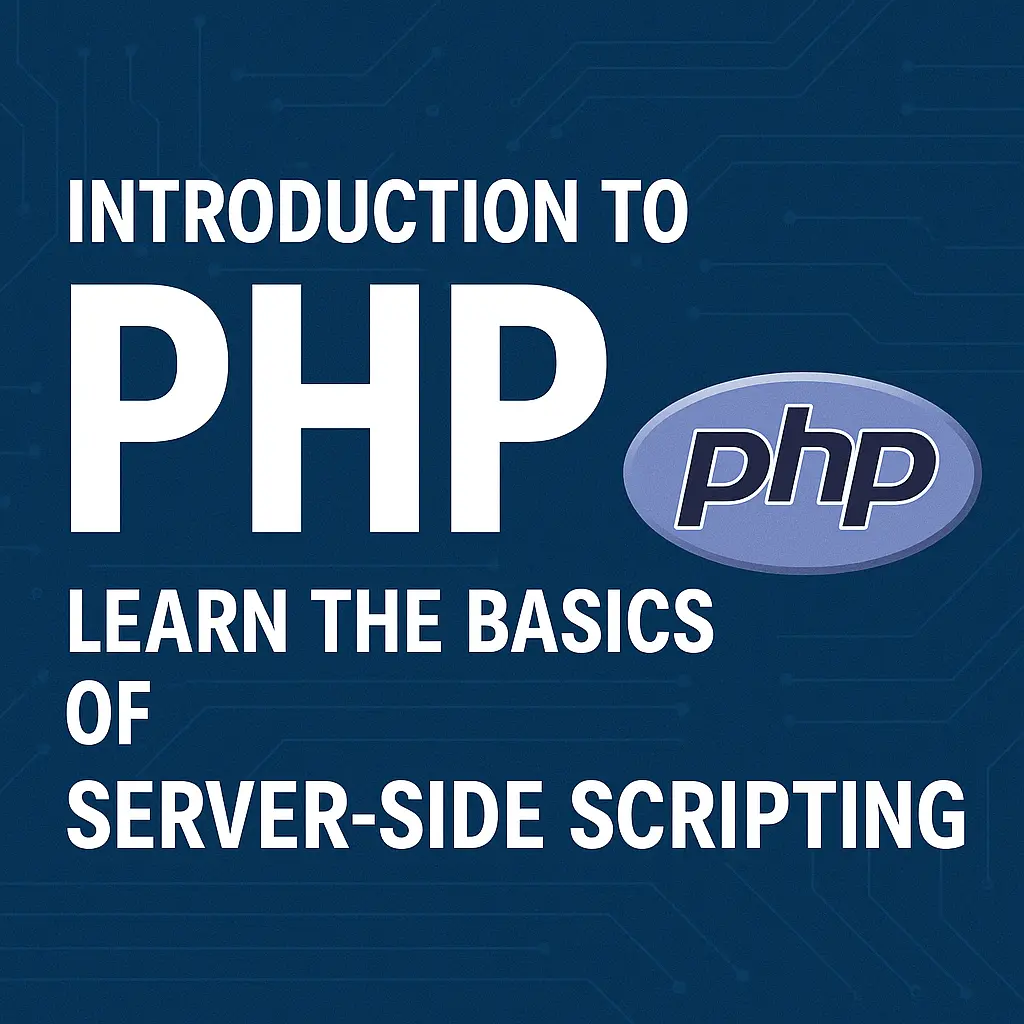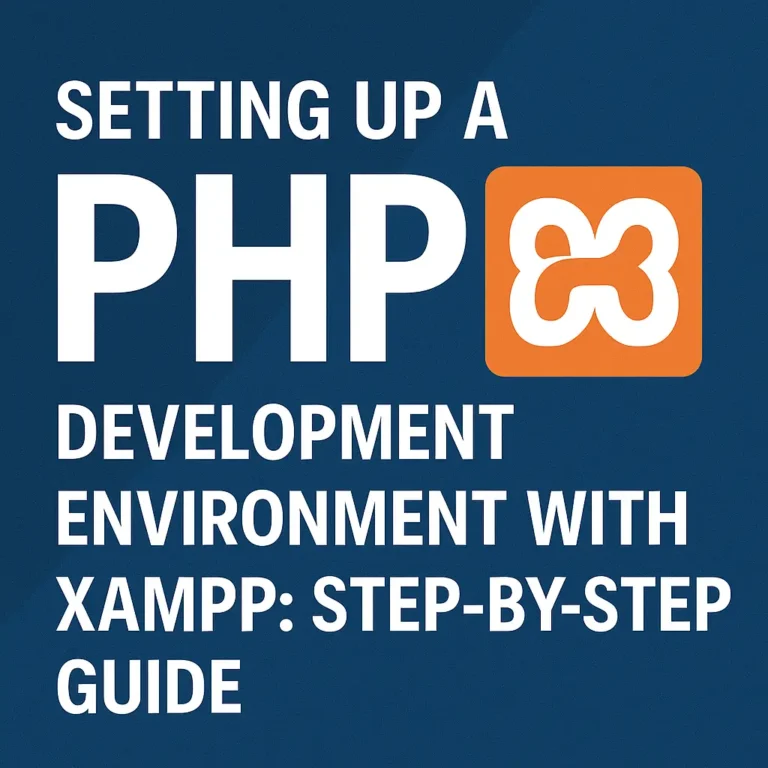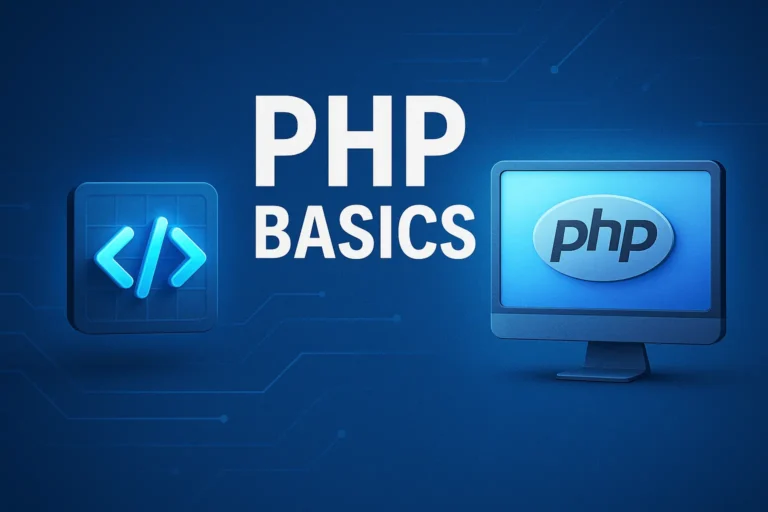It was originally created by Danish-Canadian programmer Rasmus Lerdorf in 1994 and has since evolved into a powerful tool for building dynamic web applications.
What is PHP?
PHP is a server-side scripting language, which means that the code is executed on the server before it is sent to the client’s web browser. This makes it an ideal choice for building dynamic web pages and applications, where content can change based on user input, database queries, or other external factors.
One of the key features of PHP is its flexibility and ease of use. It has a simple and intuitive syntax that is similar to C and Perl, making it accessible to developers with a wide range of programming backgrounds. PHP also offers a wide range of built-in functions and libraries for common tasks such as database access, file manipulation, and string processing, which can help streamline the development process and reduce the amount of code that needs to be written.
Another advantage of PHP is its compatibility with a wide range of web servers and operating systems. It can run on virtually any platform, including Windows, macOS, Linux, and Unix, and is compatible with popular web servers such as Apache, Nginx, and Microsoft IIS. This makes it a versatile choice for building web applications that need to run on different environments.
History of PHP
PHP has a long and storied history that dates back to the early days of the web. It was originally conceived by Rasmus Lerdorf in 1994 as a set of Perl scripts for tracking visits to his online resume. Over time, he added more functionality to the scripts, including the ability to interact with databases and generate dynamic web content, and released the code as “Personal Home Page Tools” (PHP Tools) in 1995.
The release of PHP 3 in 1998 marked a major milestone in the language’s development. It introduced a more powerful and flexible syntax, support for object-oriented programming, and built-in support for accessing databases using the MySQL extension. This made PHP a more capable and versatile tool for building web applications, and helped to cement its popularity among developers.
In the years that followed, PHP continued to evolve and improve with each new release. PHP 4, released in 2000, introduced features such as support for XML parsing and improved performance, while PHP 5, released in 2004, added support for object-oriented programming and introduced the Zend Engine 2, which greatly improved performance and scalability.
Today, PHP is one of the most widely-used programming languages for web development, powering millions of websites and web applications around the world. It continues to evolve with each new release, with the latest version, PHP 8, introducing features such as union types, named arguments, and just-in-time compilation to further improve performance and developer productivity.
Conclusion
In conclusion, PHP is a powerful and versatile scripting language that is well-suited for building dynamic web applications. Its simplicity, flexibility, and wide range of built-in features make it an ideal choice for developers looking to create everything from simple websites to complex web applications. And with a long history of continuous development and improvement, PHP is sure to remain a popular choice for web development for many years to come.
<?php
// Simple PHP code example
echo "Hello, World!";
?>
This simple PHP script will output “Hello, World!” when executed. It demonstrates the basic syntax of PHP, with the echo statement used to output text to the browser.
<?php
// PHP code example with database connection
$servername = "localhost";
$username = "username";
$password = "password";
$database = "dbname";
// Create connection
$conn = new mysqli($servername, $username, $password, $database);
// Check connection
if ($conn->connect_error) {
die("Connection failed: " . $conn->connect_error);
}
echo "Connected successfully";
?>
This PHP script demonstrates how to connect to a MySQL database using the mysqli extension. It creates a connection to the database server and outputs “Connected successfully” if the connection is successful, or an error message if the connection fails.






